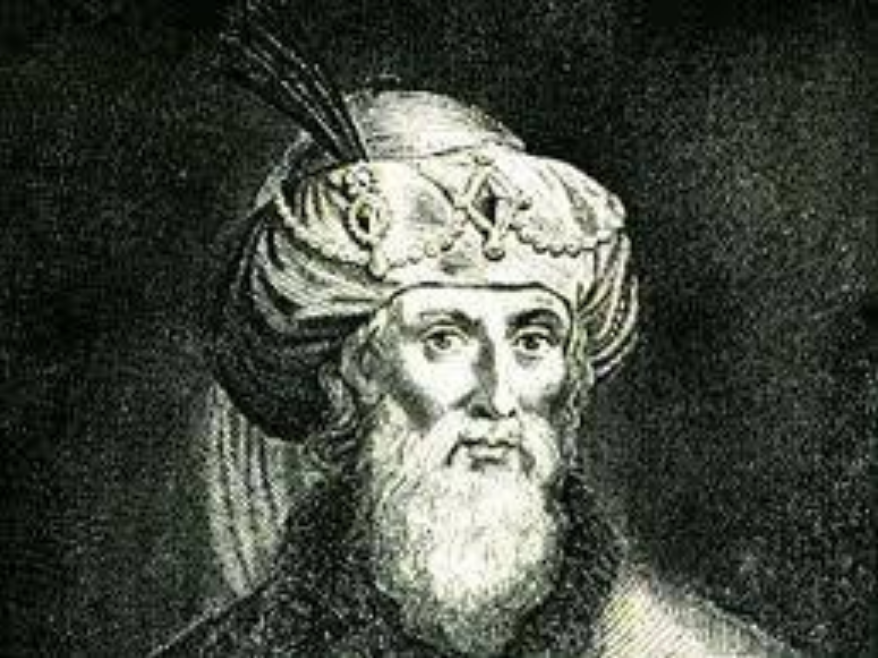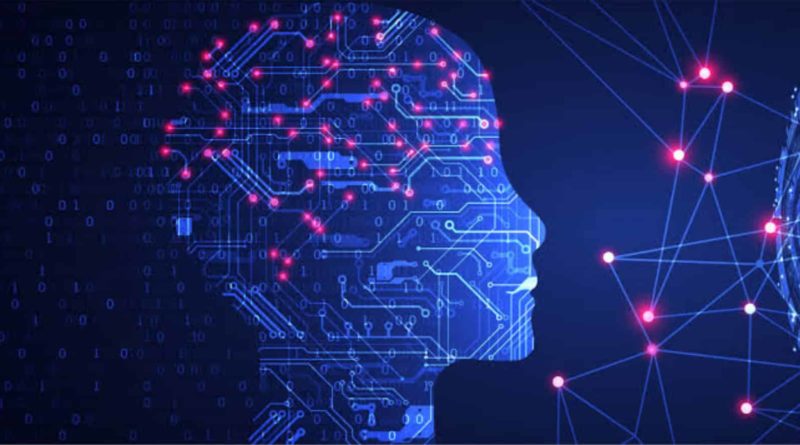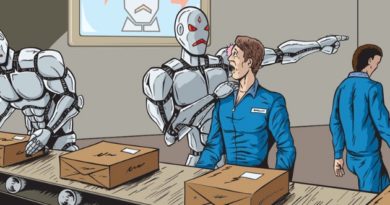AI : Past, Present and Future
For most of us, AI is a highly complex circuitry and software piece made by scientists to enable the machine to perform smarter over time. As of 2020, every consumer and industrial grade gadget that sells in the market comes with a tag of AI. There are big supercomputers trying to solve the complex mystery of space-time to small wearable gadgets that keep track of the steps used in AI at the very core. As of now all universities and schools have started AI and ML to form a part of their course offerings. Praised by scientists and scholars as one of the greatest inventions, criticized by millions and a topic of frequent debate on the political table, AI continues to bloom over three decades and is growing strong in spite of all criticism, skepticism and uncertainty. According to market research firm ‘Tractica’ global artificial market is projected at 118.6 billion by 2025. Then the question for most of us is what is AI? Will AI affect me? How far AI has reached? Where will AI stop? Is AI the same as depicted in movies? What does the future hold? Thus the sole purpose of the blog is to give you answers to the above questions, this series on AI will give you an in-depth view of what really is Artificial intelligence (AI) is to do so we need to drive in the history.
In this 12 part series, we are going to explore the past, present, and future of AI, how innovators, thinkers, workers, and some tricksters have created the algorithm that can replicate human thought and behavior ( the End goal of AI). While AI is always criticized for the number of reasons that may impact social culture, Jobs; the entertainment industry has taken a step further prorating AI as the end of humanity leading to endless wars.
But as history tells us, AI is the story of the machine getting smarter over time, what is lost in the narrative is how intelligently the machines are designed, trained and powered by the human mind, as you will follow my series you’ll get to know that even best of AI is only as good as we are.
Today AI is trying to learn the natural human language and gestures collectively termed as Natural Language Processing (NLP), by researchers and scholars. AI has been classified in many subcategories or is combining those category applications as AI, but the initial design and algorithm was pioneered back in 1956, The very first idea of AI was developing the computer program that can try to learn from the samples and restructure its algorithm to maximize the chances of achieving the goal as we do use our natural intelligence ( for an advance reader AI is defined as a system ability to correctly interpret external data, to learn from such data, and to use those learnings to achieve specific goals and task through flexible adaptation). If we track the history of AI most of it will lead you to the 20th century but the seed of AI was sown back in the 13th century Spain.

AI: treachery or just NLP
Alan Turing writings in 1950 first imagined a smart machine that could interact fluently with a human via typed text on screen, and the idea that taught to quite odd and complex at that time of technology, for this reason, machine-generated language is mostly understood as a digital phenomenon and one of the central goal of AI. This specific technology has changed over time. The basic idea of treating language as a material that can be artificially manipulated by the rule-based system has been the thought with many people in many cultures, this gives today’s practitioners a cutting-edge NLP technique.
The story begins with Jewish mystic Abraham Abulafia in Spain 1200 referring to the book an ancient Kabbalistic text called the Sefer Yestsirah. This book describes how God created all that is formed and all that is spoken by combining Hebrew letters according to formula (Algorithm). By studying the Sefer Yetzirah, Abulafia gained the insight that linguistic symbols can be manipulated with formula rules in order to create new, interesting, insightful sentences. He spent months generating thousands of combinations of the Hebrew alphabet and eventually emerged with a series of books that he claims to contain prophetic wisdom.
For Abulafia, it was the experience next to sacred and divine to generate the language according to divine rule. But other Jewish scholars consider these rudimentary language generations a dangerous act and could bring calamity on them if goods get angry. They believed that such language generation can conjure the dangerous creature, and therefore at that time this allegation was enough to ruin one life. This forms the very basis of natural language processing, setting the rules to combine the latter in an effective way. One of the major ways to achieve the rule-based algorithm is greatly used in the grammar induction and morphological segmentation, Parsing, stemming. This is the first installment of a series on the AI: Past, Present, Future.




